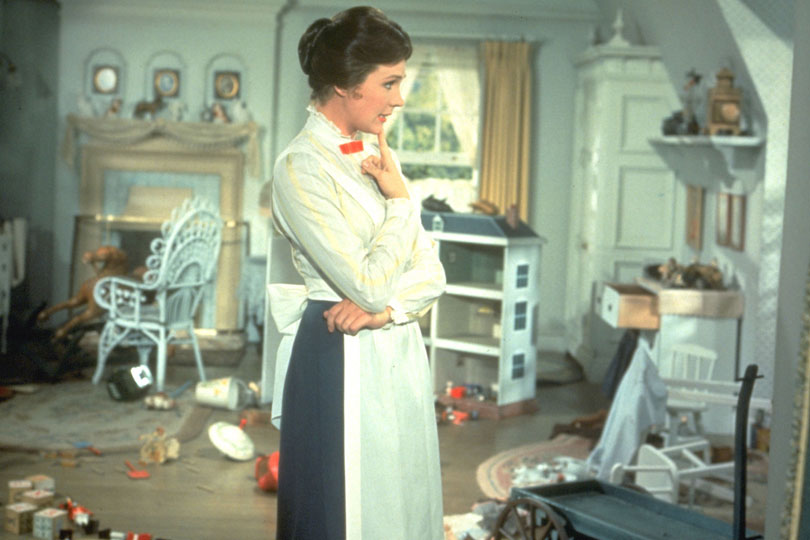Over the summer, the NHS lead programme Change4Life, ran a great campaign aimed at getting kids to do a little bit of excercise. It was called “10 Minute Shake Up” and was done in partnership with Disney.
For starters this is a great idea and one that I whole heartedly support. But the idea was just part of it, the execution is why I have decided to write about it. It was a beautifully realised gamified event.
A few weeks before the summer holidays started, an advertising campaign began for the 10 Minute Shake Up. It invited parents to sign up, for free, to get a pack for their child. Each pack was based on one of four Disney franchises: Toy Story, Big Hero Six, Frozen and Monsters Inc.


